Stokes Guide to Nature in Winter
I’ve owned a book for many years that I’ve found very useful this season. It’s Donald & Lillian Stokes’ A Guide to Nature in Winter.
This book covers ‘northeast and north central North America’, and is one of a large series of Stokes Nature Guides that cover a myriad of subjects. The authors are quite prolific.
The neatest thing about this book is that it covers a lot of ground between its covers. This is very much a generalist’s book, touching on a large variety of topics. Here are its main subject headings:
Winter Weeds
Snow
Wintering Trees
Evidence of Insects
Winter’s Birds and Abandoned Nests
Mushrooms in Winter
Tracks in the Snow
Woodland Evergreen Plants
I pull this title out when the days get shorter and the temperature gets colder, and browse through it casually. It is easy to learn something new every time I look at it. For instance, I just browsed through the Winter Weeds section, looking at the many sketches of various brown husks of plants that you see outdoors now. I thought those were beggar-ticks!
Approaching winter as a condition for all sorts of other phenomena is an appealing way of looking at things. I’d recommend it to anyone who likes going out of doors this time of year.
And, since this is winter, I thought I’d use this book as a way to look at some of what we see going on in this interesting season.
Snow
Snow is the most iconic sign of winter here in central Ohio. There are years when little is seen of it, and there are years- possibly like the current one- when it is a familiar sight.
According to the National Snow & Ice Data Center,
Snow is precipitation in the form of ice crystals. It originates in clouds when temperatures are below the freezing point (0 degrees Celsius, or 32 degrees Fahrenheit), when water vapor in the atmosphere condenses directly into ice without going through the liquid stage. Once an ice crystal has formed, it absorbs and freezes additional water vapor from the surrounding air, growing into a snow crystal or snow pellet, which then falls to Earth.
As a general rule of thumb, 10 inches of snow falls for every inch of would-be rain (though this varies). In my experience, modest amounts of snow are as scenic as massive amounts- let’s not get carried away now!
It’s very interesting, studying a snowflake. They look fragile indeed. Technically, they are a collection of ice crystals that exhibit a sixfold radial symmetry. There’s some debate about the forces that cause ice crystals to stick together, but they occasionally do so in large masses- one was seen allegedly 15 inches across in 19th century Montana. Your typical snowflake is a much more modest half-inch in size.
Sometimes snow falls as pellets instead of flakes. These pellets are called graupel, and form around supercooled water droplets in clouds. The physics of how all this happens is really interesting.
Snowflakes or snow pellets accumulate on the ground, and before you know it, you have a blanket of snow.
If you look closely enough, you can see signs of how the snow was deposited on the ground, such as which direction the prevailing wind was coming from. Very windy conditions can cause snow crystals to break, packing more of them together and causing a much more dense layer of snow. Pleasant scenery contains coded information about the weather conditions present when the snow fell.
Even the barest branches become dazzling with a layer of snow. A bit of trivia- it’s a myth that it can be too cold to snow. Although the heaviest snows occur when temperatures are 15 degrees Fahrenheit or above, because warmer air holds more water vapor. This is why extremely dry & cold regions have very little snow.
Snow shrinks in melting drabs, holding out until the warmth overtakes it.
Snow can appear in different colors. Typically it is white, because it is highly reflective, scattering all light frequencies. However, it sometimes looks blue- the more snow you look through, the more bluish light penetrates it (red light is absorbed more easily). Snow can also appear to be other colors, such as pink or red. This is due to mineral content (such as iron oxide) or even algae content.
Snow can change how far sound travels. Newly-fallen soft snow can absorb sound, damping its volume or distance traveled. Snow that has partially melted and re-freezes reflects sound better, enhancing a faraway noise.
Snow is also a good insulator. Since snow crystals trap a good amount of air between them, the air pockets can keep animals and people warmer in snow caves- hibernating animals take advantage of this feature. Igloos can be quite cozy with a small flame or even body heat to raise the temperature inside. Little creatures such as Voles may spend all winter under the snow, sleeping and tunneling around looking for seeds. Some plants will use snow as an insulator to keep from freezing solid. So snow can be an ally against the cold.
One of the more frustrating things about living in a state where it snows is how difficult it can be to forecast whether it will snow, and in what amounts. In defense of meteorologists, snow is a lot less stable a phenomenon than rain is. Rain is more straightforward to forecast, whereas snow depends on very fine differences in temperature. The amount of snow can also depend on local wind conditions. It’s quite complicated actually, so I better start giving the local meteorologists a break!
I’ll keep an eye out for more winter topics this season. And I’m sure I’ll leaf through A Guide to Nature in Winter and get some more ideas.



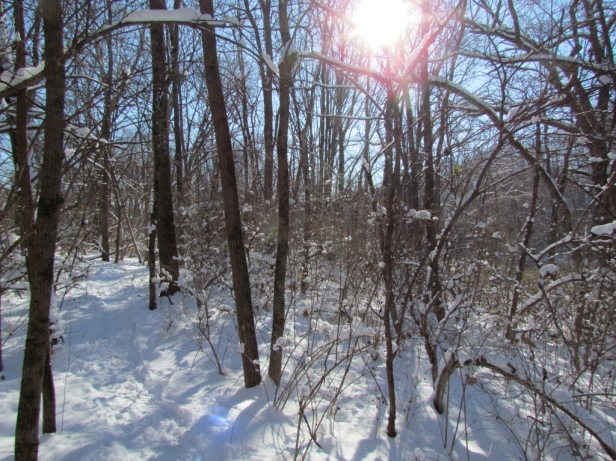
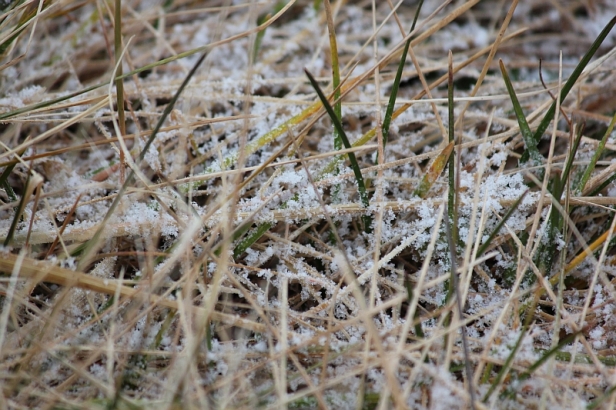
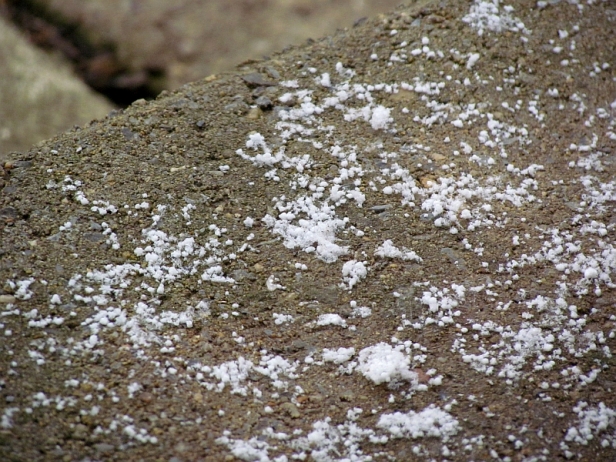
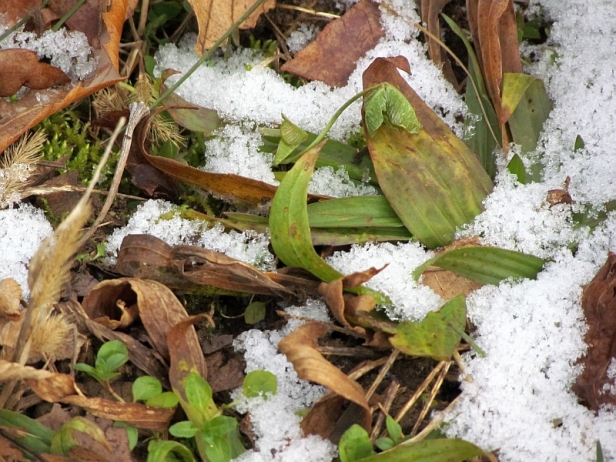
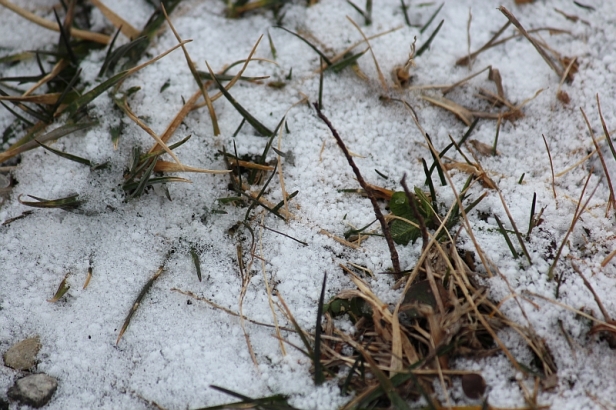
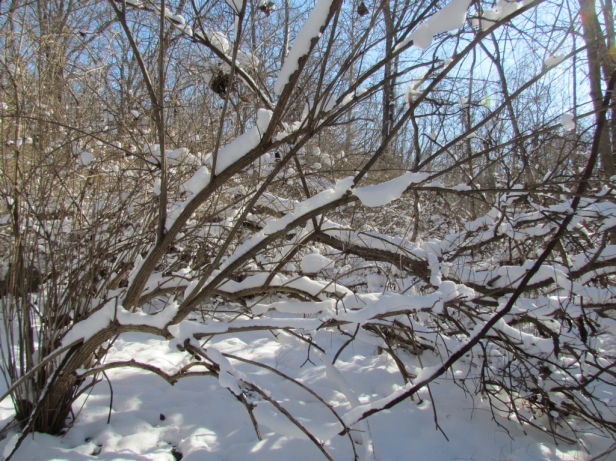
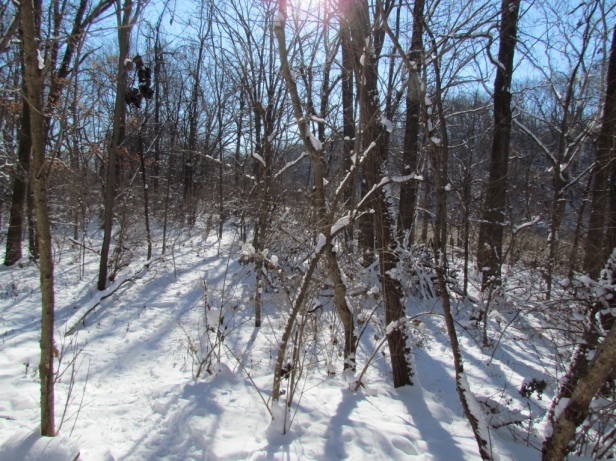
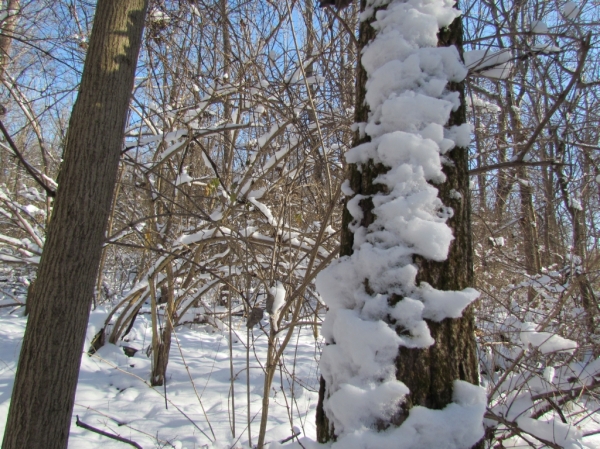
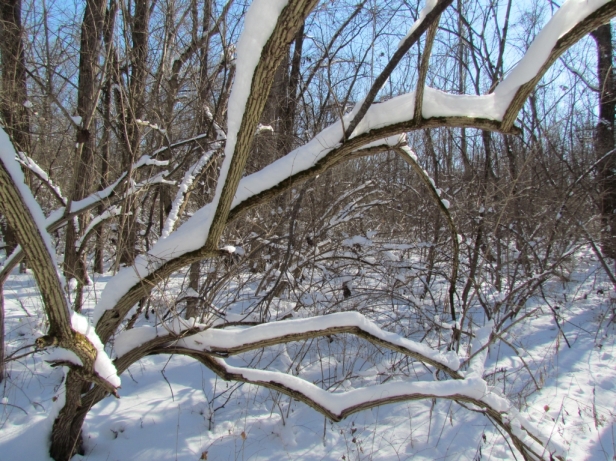
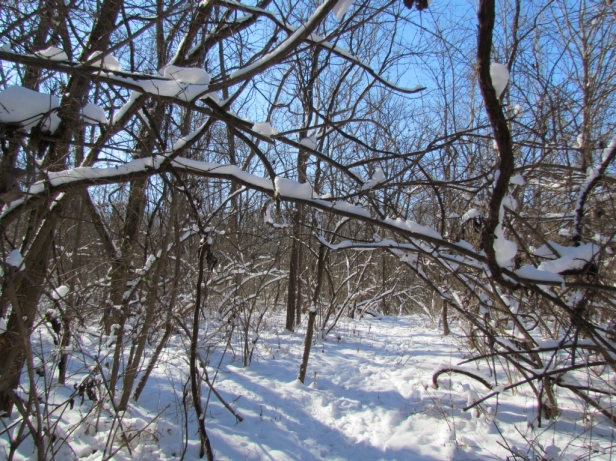
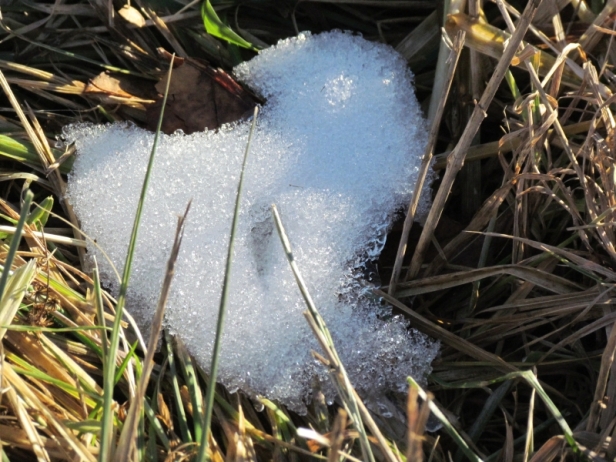
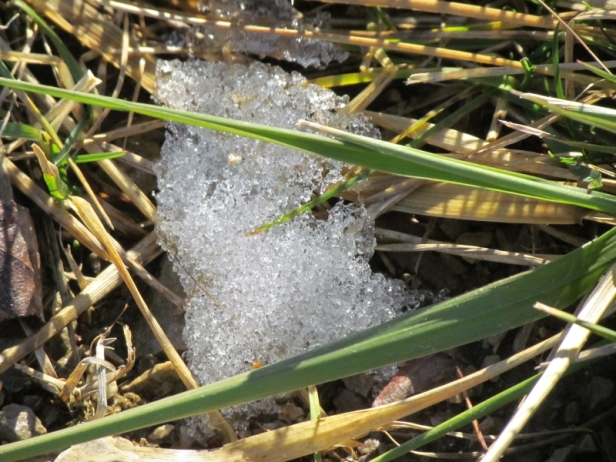
Another very informative post! But I believe that you forgot the most important information, how to make the snow go away 😉 Actually, I don’t mind snow, it is beautiful, and I love the quiet of the woods during a light snowfall.
There is a quiet beauty in a snowy woods- very soothing!
Thank you, Tracy; now I am at least intrigued by winter rather than pretending it isn’t happening 🙂
Hah! Glad to help, Lynn 😉
Good post! Thanks for all the info.
Thank you, Robert!
I’ll have to dig out my Stokes guide – I remember it was loaded with useful information. We moved to our farm a year ago and I haven’t unpacked all the books yet,
This Stokes guide is one of my favorites!
Thanks for the snow lesson. I’m with you, if I have to have it, a moderate amount is just fine.
Moderate is golden, Patti!
Fascinating! I have learned a lot from this post – thank you.
Thanks Jo!
I think the most beautiful winter scene is when freezing drizzle turns the trees to glass (though I know its hard on the trees). We don’t have quite as much snow as we should, so thanks for sharing yours!
Icy conditions are quite scenic- don’t slip and fall, though!
Been absent of late…but went back and caught up…all good stuff…you are right winter is pleasant and beautiful in its own way…here in Little Rock we just melted about 12 inches of snow from Christmas Day…without electricity for 4 days (that’s treat)…but still I think it’s beautiful…
And weeds and snow, good stuff…I remember in Minnesota, we planted Siberian Iris in our rock garden in the back yard…a perfect view from our kitchen and family room windows…all year round they are beautiful…and in winter…the color of their long growth against the snow is wonderful…so like you said and showed us…”When the days get longer, the cold gets stronger.” and we need to enjoy it…thanks…
Welcome back Jim! Minnesota must have taught you a lot about snow! 🙂
I do like snow. It is the warmer part of winter here. Snowy nights are warm where clear ones are usually bitter cold, and four inches of snow on the roof makes the house much warmer.
Snow on the roof is a good thing, Montucky! And those clear winter nights are indeed cooooooold.
There’s nothing like the blanketing quiet of fresh snowfall some mornings. I wonder about the science of different kinds of quiet.
There’s definitely a different feel to a snowscape, Scott- it has qualities all its own.
I love being in the woods right after it snows because it is so quiet. It looks like you got about the same amount we did, but ours is melting fast. I’ve never seen that book-I’ll have to look for it at the local used book store.
Interesting to know that the quiet is the new snow ‘absorbing’ sounds. The book is definitely worth picking up.
The snow here is melting now too- it’s supposed to warm up to around 60 degrees by this weekend!
You would be a peach of a teacher. What wonderful photos and information you’ve shared here. I’m putting that book on my wish list. It sounds like a dandy. Great post. 🙂
Thanks E.C.- I think you’d like the book! 🙂
Your book reminds me of one I page through here called WEEDS IN WINTER by a local artist and writer. It’s quite lovely! Great photos!!
Thanks Jen! Winter is not a time to stop studying nature 🙂